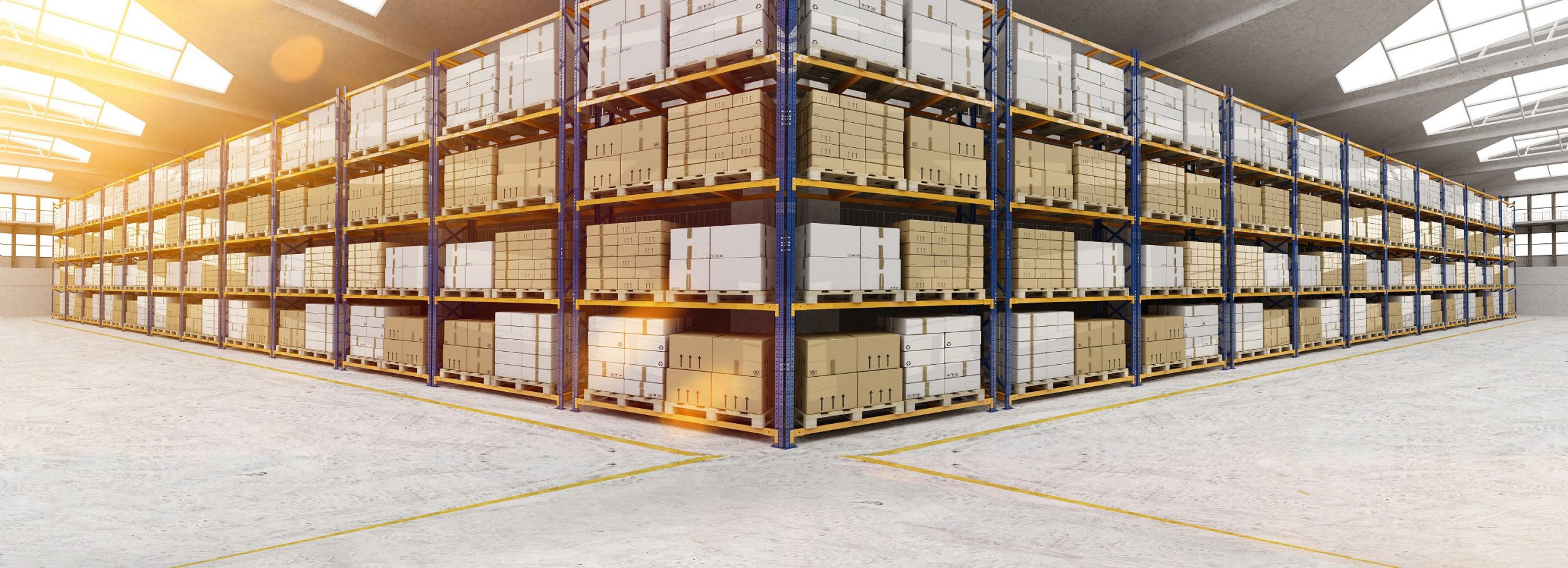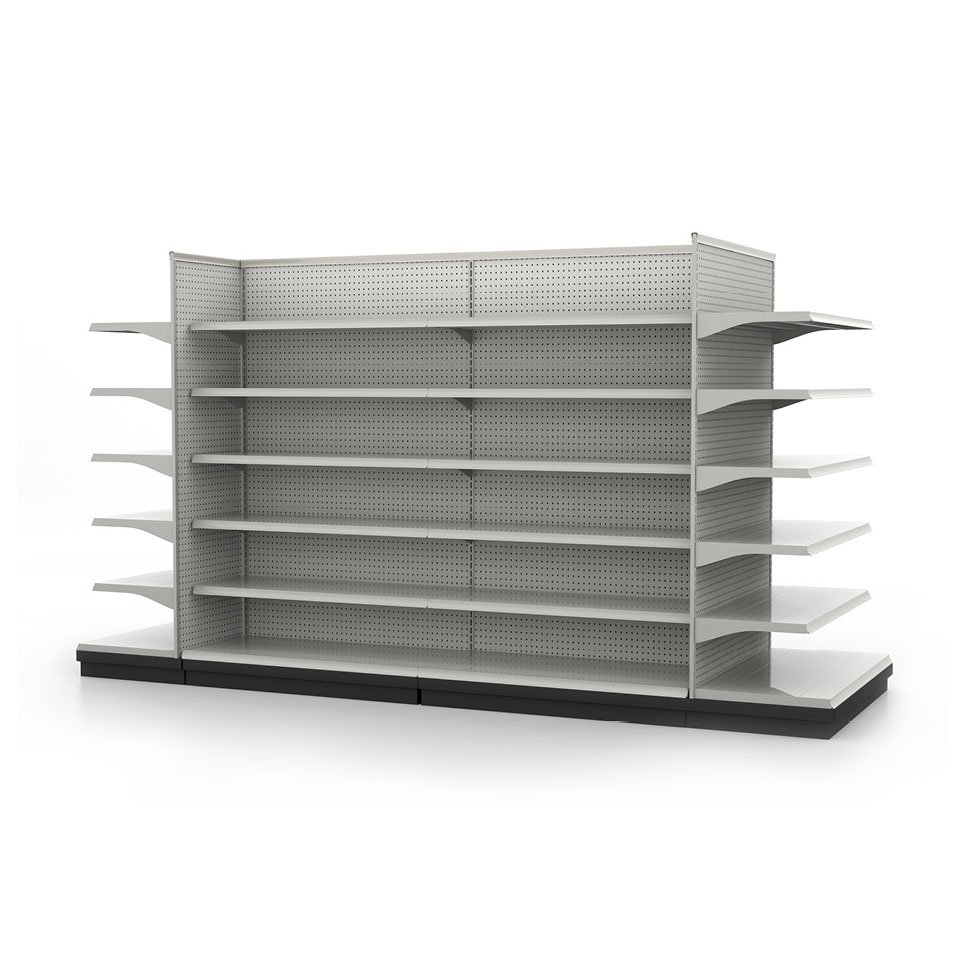What is the main purpose of warehouses?
The warehouses' primary function was to select, inspect, label, and store merchandise for export. The warehouses Asia House, India House, and Velvet House on Manchester's Whitworth Street were among the city's tallest structures at the time. See the list of residences. The faster products are dispatched to clients, the more cost-effective the choose and pack approach is. The procedure by which fulfilment centres pick products from shipments and repackage them for distribution is known as choose and Gondola Shelving. Things are kept and placed into a list management system for tracking and accountability once shipments are received by the warehouse.The term "Warehouse Rack And Shelf" refers to the process of selecting the appropriate quantity of product from a warehouse's inventory. On the other side, once the products are packaged in shipping boxes with appropriate packaging materials, tagged, documented, and delivered, the process begins.
A Warehouse Shelf is a type of building that allows a company to stockpile merchandise, for example, to make up a full load before shipping, or to hold dud merchandise before distribution, or to store maturing goods like wine and cheese. The warehouse should be secure, convenient, and as large as possible as a storage facility, taking into account the owner's resources, location, and current construction technology.Prior to the development of mechanised technology, warehouse tasks were reliant on human labour, making use of mechanical lifting aids such as machine systems.

When broken down, warehouse operations encompass a wide range of procedures, including receiving, organisation, fulfilment, and delivery.
- Receiving products
- Cross-docking products
- Organizing and storing inventory
- Attaching plus following solutions (like barcodes) to assets and inventory
- Integrating and maintaining a following software system, similar to a warehouse management system
- Overseeing the mixing of latest technology
- Keeping the Warehouse Shelving Systems in good repair
Creating excruciating styles and warehouse infrastructure
Systems for storage and transportation
Storage Racks for Sale with selectable, drive-in, drive-thru, double-deep, pushback, and gravity flow are some of the most prevalent warehouse storage systems.
- Cantilever painful stores long, narrow materials like lumber using arms rather than pallets.
- A mezzanine floor offers a semi-permanent storage level to a warehouse[35].
- Vertical elevate Modules are pre-assembled systems with vertically structured trays on either side.
- Horizontal Carousels are made up of a frame and a spinning bin carriage.
- Vertical carousels are metal enclosures with a number of carriers mounted on a vertical closed-loop track.
A "Warehouse Storage Shelves" is a type of order selection procedure in which a product is picked and handled in individual units before being placed in an outer carton, tote, or other shipping container. Catalog companies and online merchants are two examples of businesses that rely heavily on Warehouse Bulk Storage. Customers rarely order pallets or cases; instead, they frequently order one or two pieces of one or two things. The piece-pick system is made up of numerous components. They include the order, the picker, the choice module, the choose space, instrumentation handling, and more.The more instrumentality, the technique chosen, as well as the data technology employed.
A Simple Guide To Correct Shelving In Warehouse
If you are running a warehouse business then you must think about all the choices that help you to grow your business. In a warehouse, storage is an important factor. How goods are stored can make a huge difference between having a good day at work and having a bad day. Most often, it is important to consider a lot of things before coming up with a layout system to use for the warehouse. These include things like the type of industry you are in, the type of forklift machines you intend to use and the cost per square footage of the warehouse.
In this guide we take a closer look at Warehouse Shelving Systems and all that is involved. In a warehouse, a typical day involves forklifts moving crates and placing them in predefined order. While this may seem easy from afar, it is a lot of work that required correct planning. For those planning to create a wonderful Gondola Store Shelving system for their warehouse, a lot of thought goes into the planning system. This guide gives a general overview of what goes into planning a shelving system for a warehouse.
Cost per shelving and cost per warehouse square foot
It is important to consider the cost that is involved in setting up a Gondola Shelving system in a warehouse. You would have to get the cost per square foot of the warehouse calculated. Also, you may need to get a Wire Shelving company to come in and calculate the cost per square foot. Other cost that will have to be calculated include cost of relocating, the cost of lost production due to the move and the cost of losses from damaged goods that occur during transportation.

Do an industry an internal analysis
Before choosing a perfect Chrome Wire Shelving system, it is important to carefully analyze the industry in which you operate. Is it one with a short or long lifecycle? Also look at your own historical data. What type of shelving system has been using and is that likely to change with the move? How many units of goods are you anticipating to have at any point in time? All of this should help determine the type of shelving system to use for the warehouse.
Product range
Depending on the type of products you carry, you may have to get different types of Warehouse Shelving. Therefore, the number of products you carry and their weight should help determine the type of racks that you will. You will also have to consider if you may want to expand the product range in the future.
Consider capital equipment
When considering the options of warehousing and Commercial Shelving Solutions, it is important to also think of the implication of equipment that will be needed to move the racks around. These include forklift and pickers. It is often better to start with considering forklift choices before moving on with the rest of the planning process.